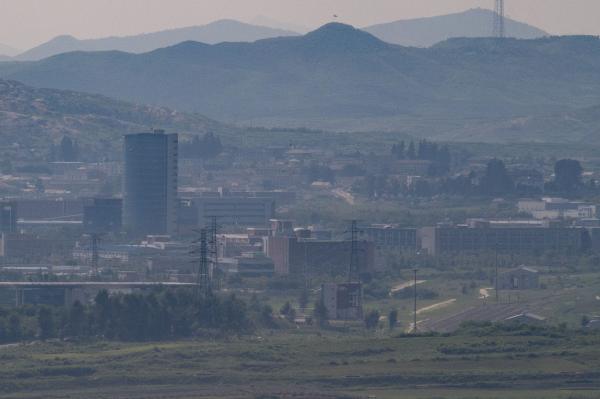
SEOUL, Oct. 22 (UPI) — North Korea‘s population of school-age children is expected to decline by 2040, according to a new South Korean study.
The number of students enrolled in school, from kindergarten to high school, could slide to 4.05 million in 24 years, the Korea Educational Development Institute says.
According to KEDI researcher Kim Jeong-won, North Korea’s current school-age population stands at 4.14 million, but given demographic trends, that number will decline by 90,000, Yonhap reported.
A decrease in the student population could take place prior to 2040.
The study on the retraining of North and South Korean teachers for “integrated education” released Saturday, local time, indicates the population would decline to 3.945 million in 2022, but make a comeback in 2035 when it surges to 4.206 million.
From 2016-2040, an elementary school population of 2 million is expected to decline to 1.95 million, the middle school population is to decrease from 1.07 to 1.04 million, and a high school population of 1.14 million could slide to 1.06 million.
The North Korean school-age population is also smaller than South Korea’s, estimated to be about 5.9 million, according to KDI.
By 2040, that figure for South Korea is expected to decline by nearly 1 million, with increases expected only in 2024 and 2025, the study states.
The research also recommends the creation of teacher-training courses and course material that expands educator understanding of North Korean and defector students, and suggests a division of responsibility between Seoul’s unification and education ministries.
South Korea’s population is about 50 million and North Korea’s is estimated to be about 25 million.





